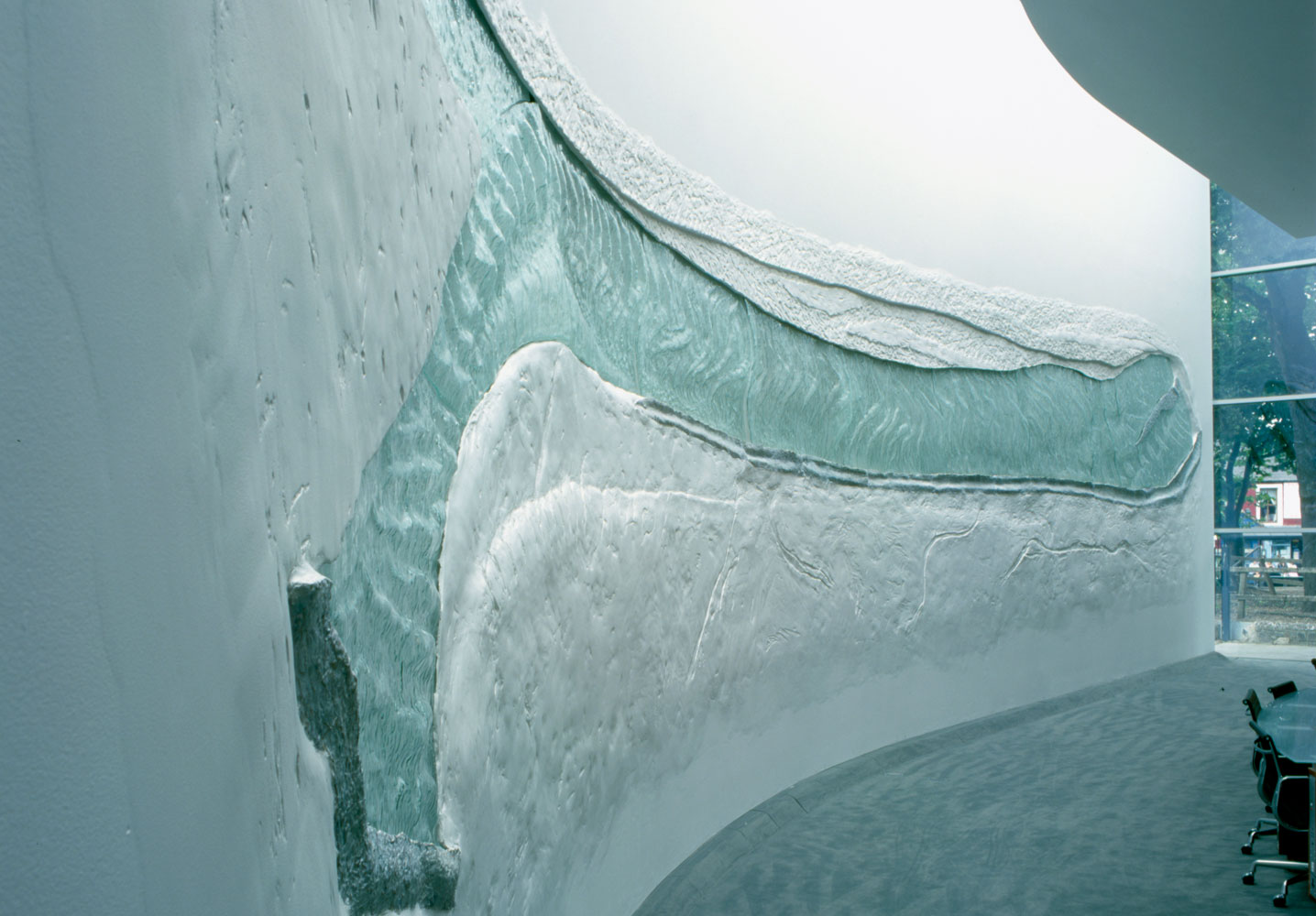Kathryn Milligan looks at the sociable world of the Dublin Arts Club, which brought together artists, musicians and society figures

In March 1893, Walter Osborne sent two postcards to his sister, Violet Stockley, each illustrated with photographs showing the premises of the Dublin Arts Club (Fig 1). ‘To Dear Vi,’ the artist wrote, ‘This is a view taken looking at the room with one[’]s back to the door… The picture marked X is the one by Mr. Hone which I won in the Art Union. The portrait at the end is Mdlle Zelie de Lussan as Carmen by C Russell, directly underneath it is a picture by Waterlow, and next to it behind the music stand… is a study of mine at Foxrock. Next to the Hone you will see one of father’s dogs, & next to it another Foxrock bit.’ The rooms shown were at 6 St Stephen’s Green, just a few doors from the top of Grafton Street, on the square’s north side (Fig 2). Understandably, perhaps, Osborne’s focus was on the paintings that lined the gallery’s walls, their gilt frames evident even in a black-and-white photograph, but another artistic medium is also clearly on display. The small, café-style tables and bentwood chairs are angled towards a small stage, on which we can see a piano, two music stands and a cello laid on its side. On the piano rests a violin or viola. To the left-hand side of the photograph, the cello’s empty case stands on the floor, open. A smaller case, also open, sits at the back left of the stage. Evoking the dual pleasures of music and visual art, this image places the contemporary viewer in the comfortable and sociable world of a 19th-century arts club.
To read this article in full, subscribe or buy this edition of the Irish Arts Review


Liam Belton recalls the protests in the National College of Art between 1967 and 1971 that led to the formation of an autonomous board to oversee the running of the college. These developments, along with other major events of the period, are encapsulated in his artwork Homage to Paint and Protest

Themes of the natural world and climate chaos lie at the heart of Caoimhín Gaffney’s exhibition, writes Eamonn Maxwell

Vivienne Roche’s approach is formally beautiful and seemingly straightforward in its address, but opens onto profound and unsettling ideas about time, loss and persistence, writes Sarah Kelleher